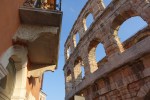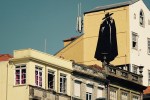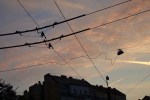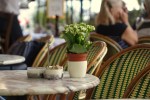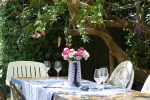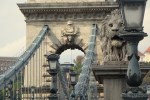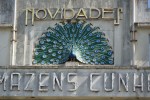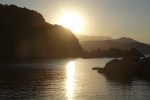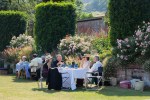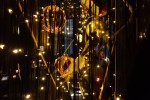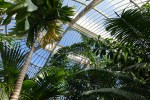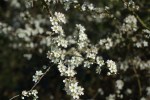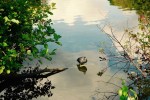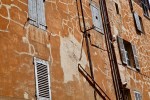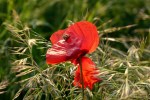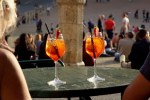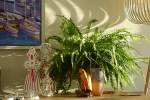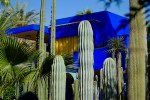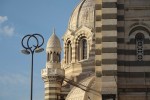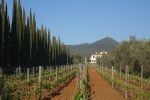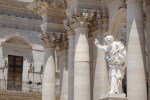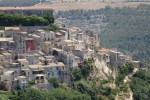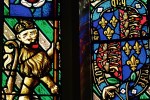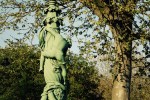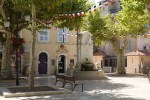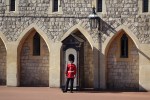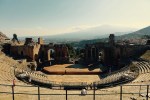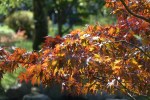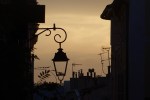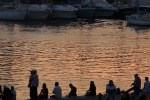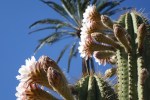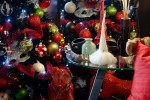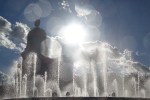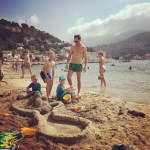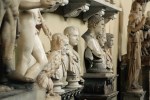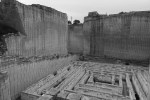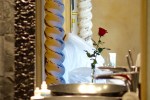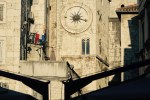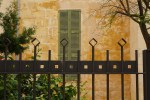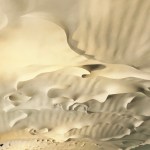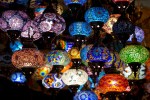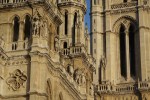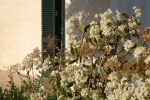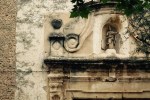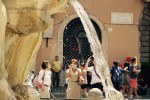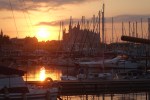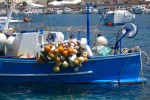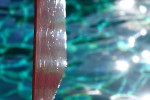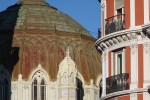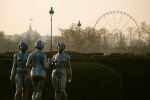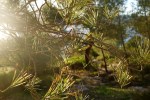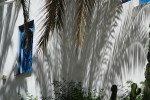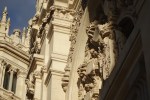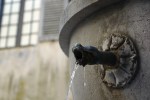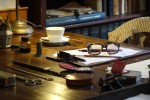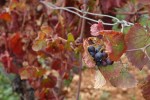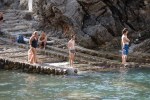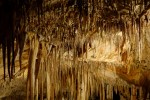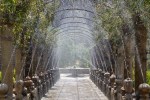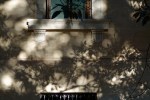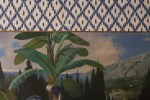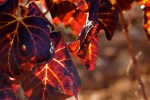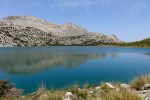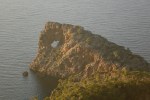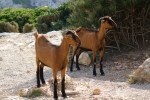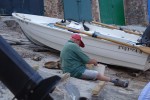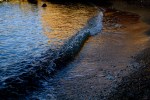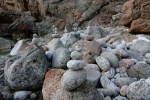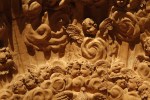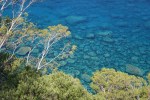2018: My Year in Photos
It’s incredible to think that a year has gone by since I last undertook the rather enviable task of looking back on a year of incredible travel, enriching experience and fulfilling creativity. Yet here I am again, with the bells of Big Ben only hours away, and the turn into yet another inevitable year fast approaching, marking the time when, as blogger (and, may I say, general life enthusiast), I take the opportunity to look back and celebrate what I have experienced during the last 365 days. For I am a firm believer in nourishing experience and consolidating lessons learned. I rarely revel in sadder times, but instead seek to affirm my memories of happier times. Thankfully, for me, 2018 was full of them.








I would be lying if I said that my 2018 highlights were not travel. As is usually the case, in celebrating 2018, I am saluting a year which saw me leave the British Isles on no less than 11 occasions, enabling me to relish in old favourites such as Verona and Tuscany, while discovering new shores: Crete, Porto, Budapest and Bruges chief amongst them.
It all started back in January with a last minute weekend to Rome which saw us beat the seasons and enjoy endless wine-filled languid luncheons in the sun in the Campo de’ Fiori and the Trastevere. Then came the beast from the East, which brought with it an endless winter and a period of intense climatic instability. This made Spring weekends in Lucca, Porto and Marbella all the more welcome, and by the time we moved into our own private villa in Crete, we were truly ready to embrace the full joys of summertime – and what a setting to do it in!









Come September, and we saw out the year with a string of superb weekend getaways, to Budapest, Verona and Bruges, a truly unbeatable triptych which reaffirmed how lucky we are to have such superb European destinations on our doorstep. But it is with such a reminder that this year ends on something of a cautionary note. For 2019 is expected to bring with it the great change of Brexit – a major turning point in British history which could lead to many a complexity, and a horizon tinged with melancholia. The current climate is one of uncertainty and fear, an atmosphere in which it is sometimes hard to remain positive. Yet hoping for the best from the depths of my withering optimistic soul, I can only anticipate that 2019, for all its upheaval and change, will also bring with it new encounters with happiness, and ties with Europe forged tighter…at least for those many of us who hold our European unity so dear.
- Chania, Crete
- Michelangelo’s masterpiece
- Porto skyline
- Time for an Aperol
- Porto’s iconic bridge
- Eltham Palace
- Verona Duomo
- Ancient Verona
- Pest
- Ancient Chania
- Chania by sunset
- Piazza della Rotonda, Rome
- Birds on Castle Hill
- Porto sunlight
- The Verona Arena
- Lucca doorway
- The mystery man of Porto
- Christmas at home
- Sunrise over London
- Bruges Skyline
- Brugge Windmill
- Mirabello, Crete
- The Lateran Basilica
- Tram cables, Budapest
- Budapest Parliament
- Stained glass Bruges
- The Beast from the East
- Veronese colours
- Spinalonga ruins
- The ultimate Bruges view
- Cafe Society, Budapest
- Ancient Porto
- Spring at home
- Stormy skies over Lucca
- Chania harbour
- The ultimate Lucca restaurant
- Our Crete paradise
- Winter wonderland
- British summertime lunch
- Buda
- The Chain Bridge, Budapest
- Roman glitz
- Porto art nouveau
- Wimbledon parched
- Nymph Bay, Crete
- Porto ceramics
- Porto sunshine
- Archetypal Glyndebourne
- Car show, Verona
- Discovering sealife
- Tuscan Sunset
- Lunch by Lake Garda
- Verona details
- Rome skyline
- Belgian Christmas
- Happiness with my nephews
- Tasting the port
© Nicholas de Lacy-Brown and The Daily Norm, 2001-2018. Unauthorised use and/or duplication of the material, whether written work, photography or artwork, included within The Daily Norm without express and written permission from The Daily Norm’s author and/or owner is strictly prohibited.
















